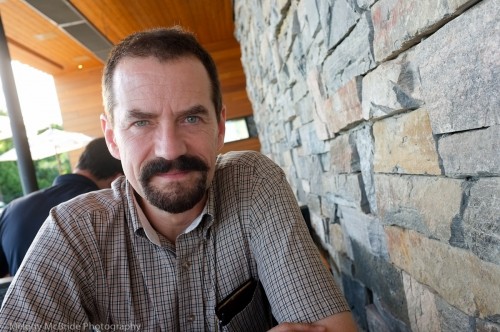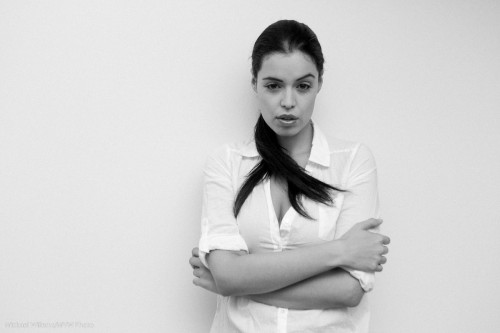In a photo:
- Simplifying is good. Often very good.
- Diagonals can also be very good.
- The Rule of Thirds is also often very good.
- Tilting the camera is a way to simplify.
- Tilting is also a way to create diagonals.
- And to help you get to the Rule of Thirds.
So it stands to reason that if you tilt and simplify a the same time, you may end up with some reasonable images.
A few examples from the other day – taken with the Fuji X100, which is still a great toy. As you learn more about it it gets better.
Because this camera has a fixed lens (35mm, full frame equivalent) you end up tilting instead of zooming in and out – and this makes your pictures better.
Here’s me, the other day – and look at the texture and converging diagonals:
Here’s a salad, served with colour and texture – and with a blurred background that “tells a story by making the viewer put it all together”:
And a few more food and drink snaps:
And a non-food snap: the best calculator series ever made (you do not need an “=” button!)
Can you see a pattern emerge?
Here’s your homework. Go shoot some pictures:
- With a 35mm lens length (real 35, i.e. use 24mm on a crop camera).
- Tilt to simplify or to get diagonals or to be able to compose with the Rule of Thirds.
- Shoot at wide open aperture (low “f-number”).
- Get close.
- Use high enough ISO to get non-blurry images.
- Use available light.
And have fun!











